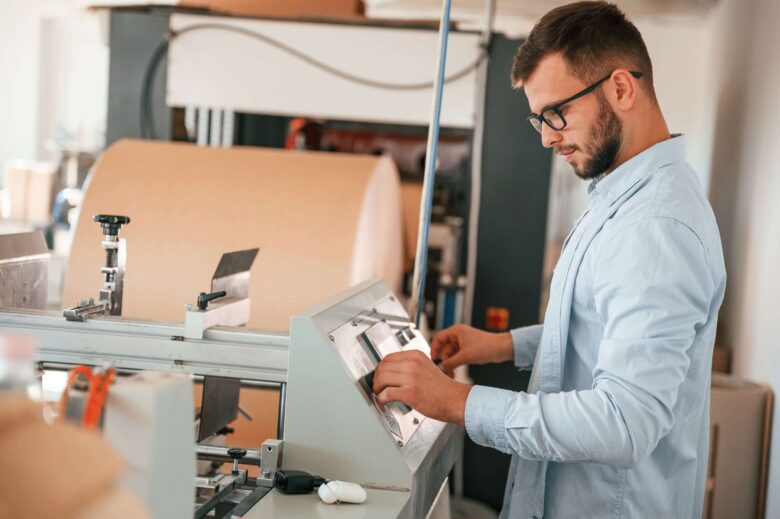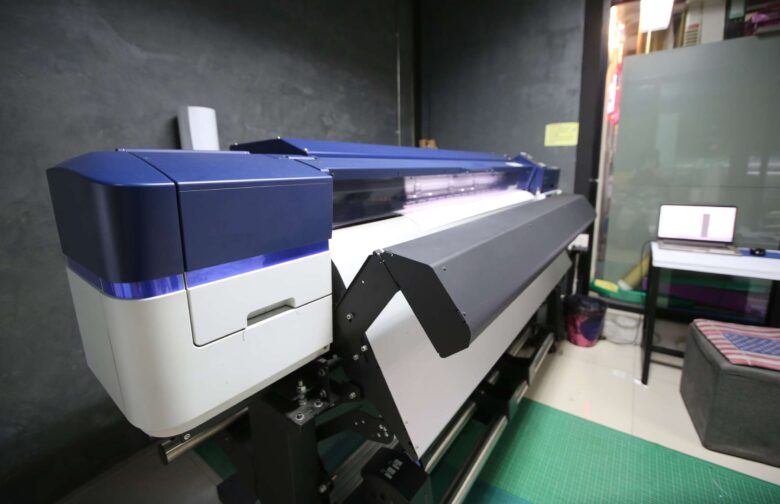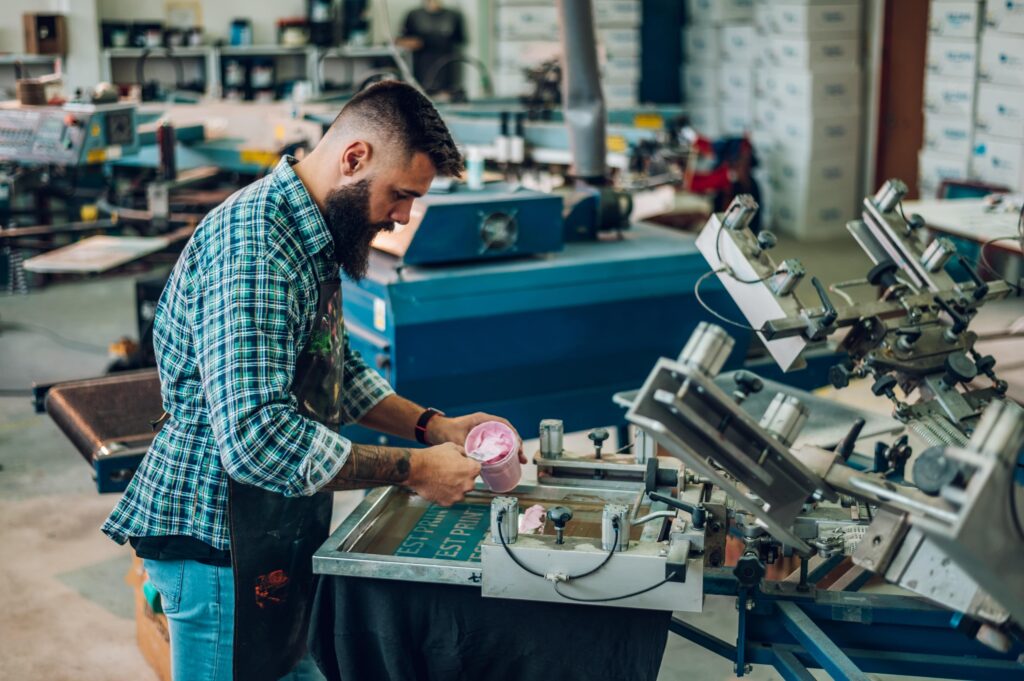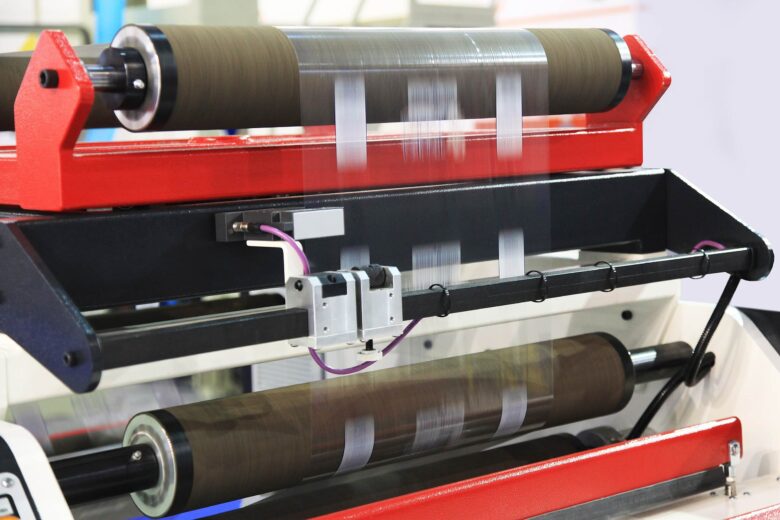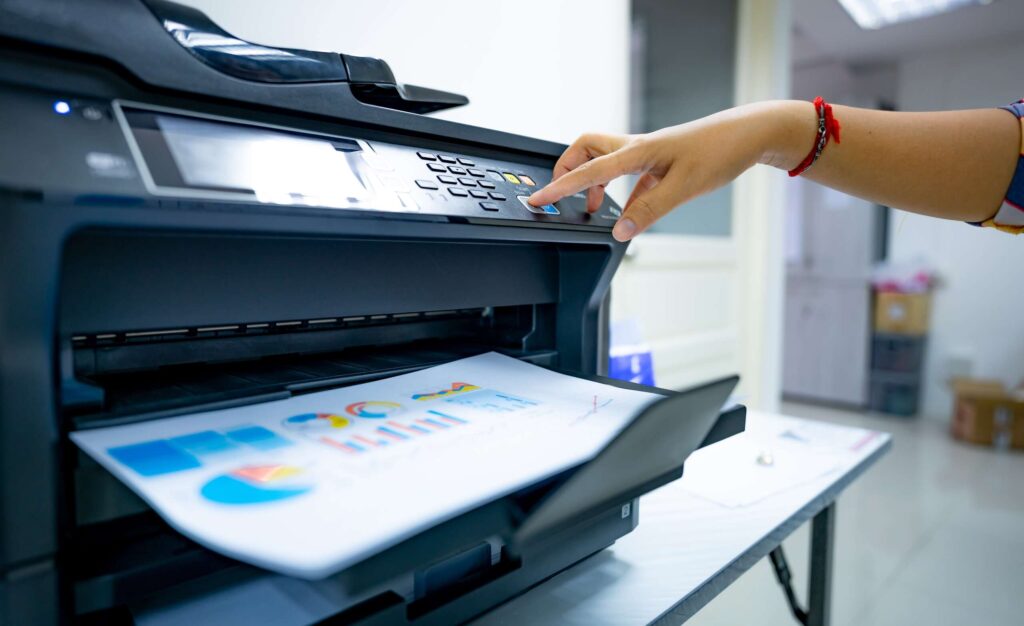In today’s digital age, where everything seems to exist solely in the virtual realm, it’s easy to forget the humble invention that revolutionized communication and had a profound impact on society: printing. From the advent of the printing press to the modern 3D printer, this technology has undergone remarkable advancements and has shaped the course of human history. In this blog post, we will delve into the fascinating world of printing and explore its evolution, uses, and the incredible transformation it has brought to various industries.
The Birth of the Printing Press: A Game-Changer in Communication and Knowledge Sharing
The printing press, invented by Johannes Gutenberg in the mid-15th century, was a true game-changer. Before its invention, the process of copying books was time-consuming and laborious, often performed by scribes who manually transcribed texts. Gutenberg’s groundbreaking invention allowed for the mass production of books through movable type, significantly reducing the time and cost required to produce multiple copies of a text.
With the printing press, ideas and knowledge could be disseminated more widely and rapidly than ever before. The spread of information became democratized, and the era of mass communication was born. The Gutenberg Bible, the first major work printed using movable type, signaled the dawn of a new era, fostering the advancements of science, philosophy, and the arts.
The Industrial Revolution: Printing Takes a Leap Forward
As the industrial revolution unfolded in the 18th and 19th centuries, printing technology advanced alongside other groundbreaking developments. Mechanical presses, powered by steam and later electricity, replaced Gutenberg’s hand-operated press, enabling even faster and more efficient production.
During this period, the printing industry expanded exponentially, and newspapers became a prominent form of communication. Printing technologies enabled the mass production of newspapers, making them affordable and accessible to the general public. This transformed the way news was disseminated, facilitating the spread of information across regions and shaping public opinion.
Enter the Digital Era: Printing’s Evolution in the Modern Age
The advent of the digital era in the late 20th century brought a new paradigm to the world of printing. Digital printing technologies completely revolutionized the industry by eliminating the need for physical typesetting or plates. Instead, digital files could be directly printed, allowing for greater flexibility and reducing the cost and time required to prepare the printing process.
Digital printers made it possible to print small quantities, making personalized printing and print-on-demand services more viable. This opened up new opportunities for businesses, enabling them to produce customized marketing materials, packaging, and even books tailored to individual customers.
3D Printing: The Next Frontier
While the advent of digital printing was a significant leap forward, another revolution was on the horizon: 3D printing. Also known as additive manufacturing, 3D printing transforms digital designs into three-dimensional objects by layering materials on top of each other. It has the potential to disrupt various industries and change the way goods are manufactured.
The ability to 3D print objects of virtually any shape and complexity offers tremendous flexibility and design possibilities. From rapid prototyping in automotive and aerospace industries to the production of custom medical implants and even food, 3D printing is pushing the boundaries of what is possible. The technology is not only transforming manufacturing processes but also improving sustainability by reducing waste and minimizing transportation needs.
The Transformative Power of Printing Across Industries
Printing has not only transformed communication and manufacturing but also played a pivotal role in numerous industries. Let’s dive into a few examples of how printing has reshaped various fields:
Publishing and Education
Printing has been instrumental in the development of publishing and education. Books, textbooks, and academic journals have been mass-produced and made accessible to millions, empowering individuals with knowledge. The universal availability of literature has driven innovation, fostered critical thinking, and advanced human civilization.
Advertising and Marketing
Printing has been central to the field of advertising and marketing for centuries. From posters and billboards to brochures and product packaging, printing has allowed businesses to capture attention, communicate their messages effectively, and build their brands. With advancements in digital printing, marketers can now create highly personalized materials that resonate with their target audiences.
Art and Design
Printing techniques like lithography and screen printing have revolutionized the world of art and design, enabling artists to reproduce their works and reach a broader audience. From fine art prints to creative merchandise, printing has been a vehicle for artistic expression and creativity, making art more accessible and affordable for art enthusiasts worldwide.
Healthcare and Biotechnology
Printing has found remarkable applications in the field of healthcare and biotechnology, thanks to innovations like 3D bioprinting. Scientists and medical professionals are now able to create tissues, organs, and even functional prosthetics using biological materials. This groundbreaking technology has the potential to revolutionize patient care, organ transplantation, and drug testing.
Conclusion
Printing has truly been a transformative invention, revolutionizing communication, manufacturing, and countless industries. From Gutenberg’s printing press to 3D printers, the advancement of printing technologies has shaped the course of human history. As we move forward, it’s exciting to envision the endless possibilities and innovations that printing will continue to bring. So, next time you hold a printed object in your hands, take a moment to appreciate the centuries of progress that have enabled its creation.





